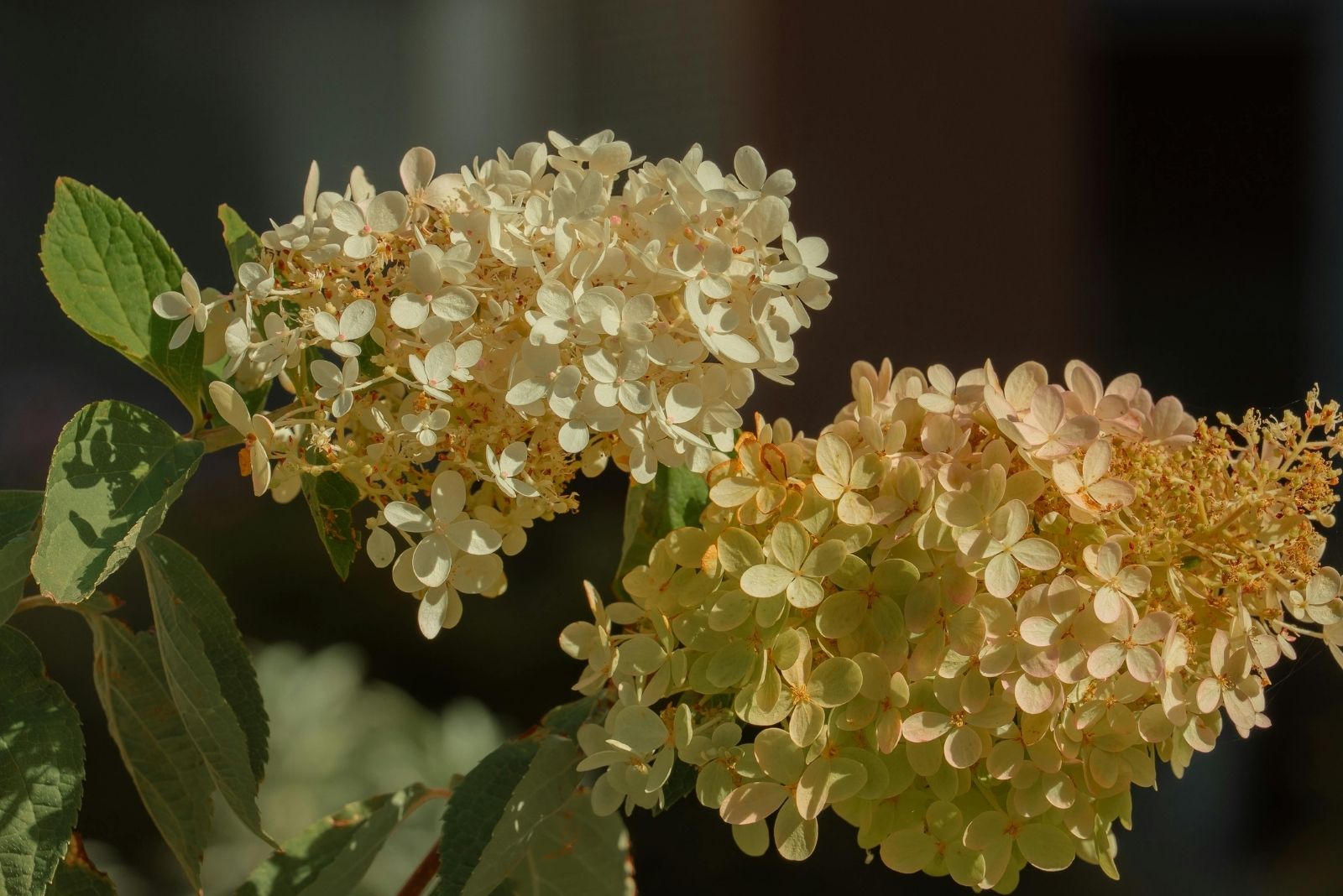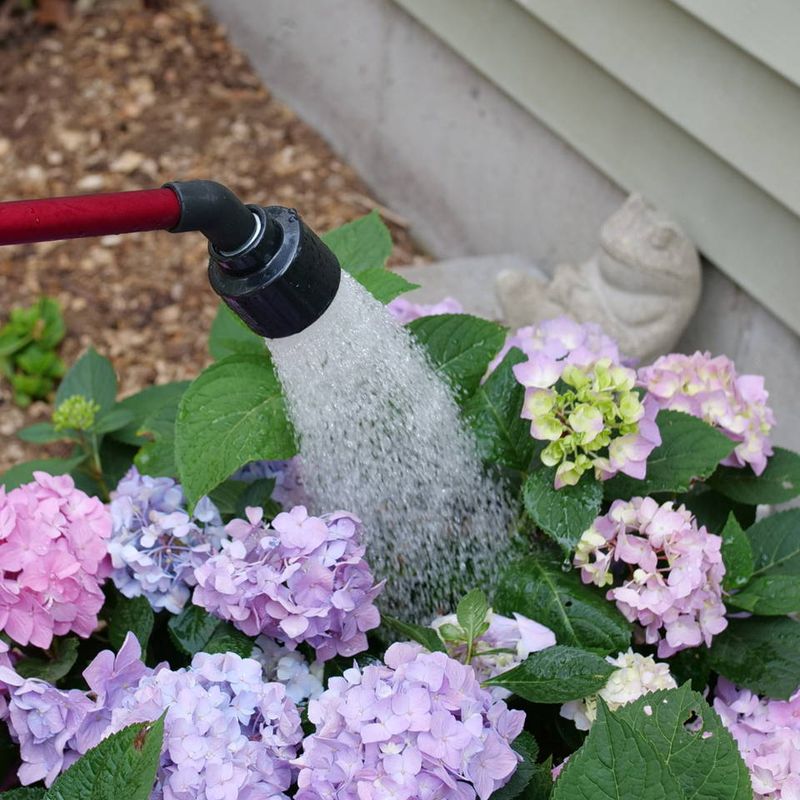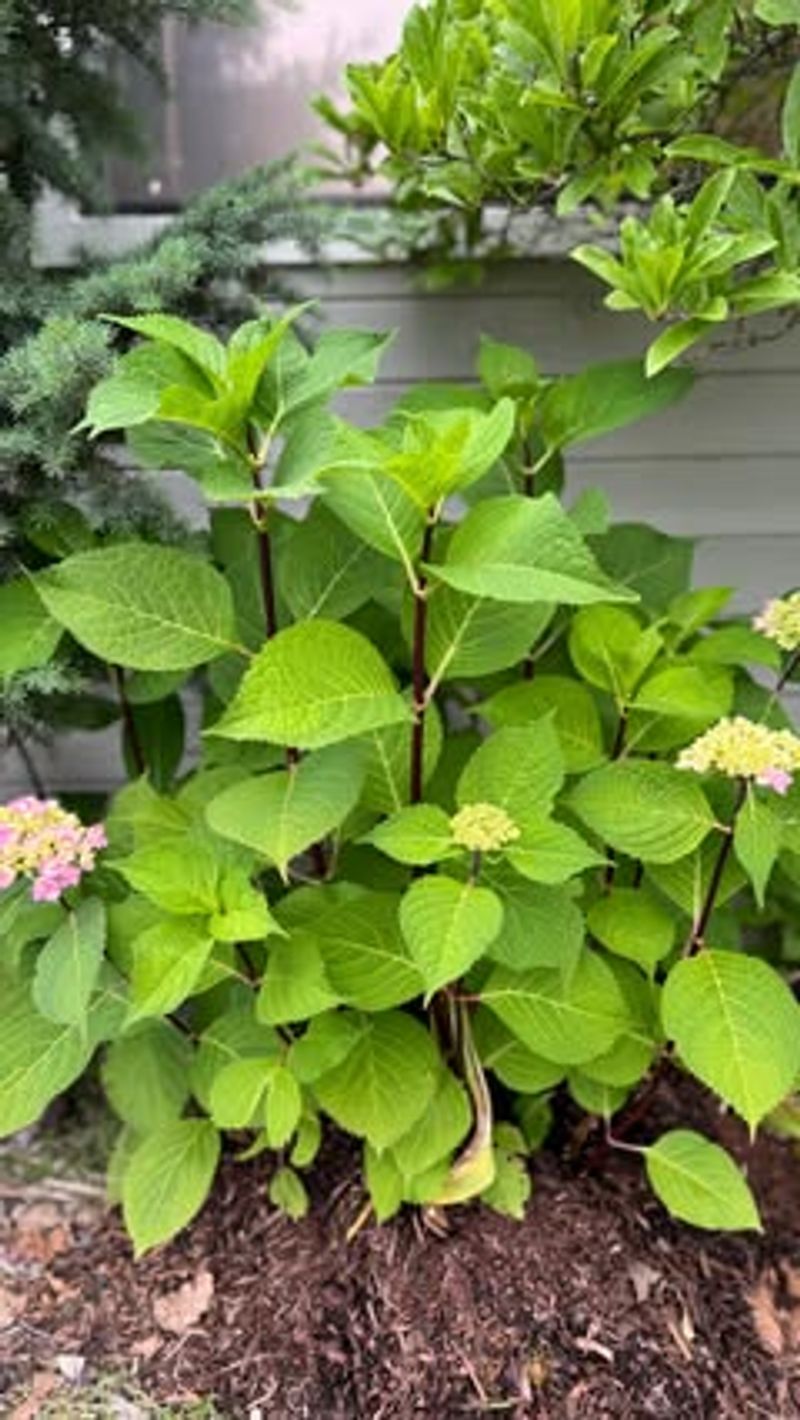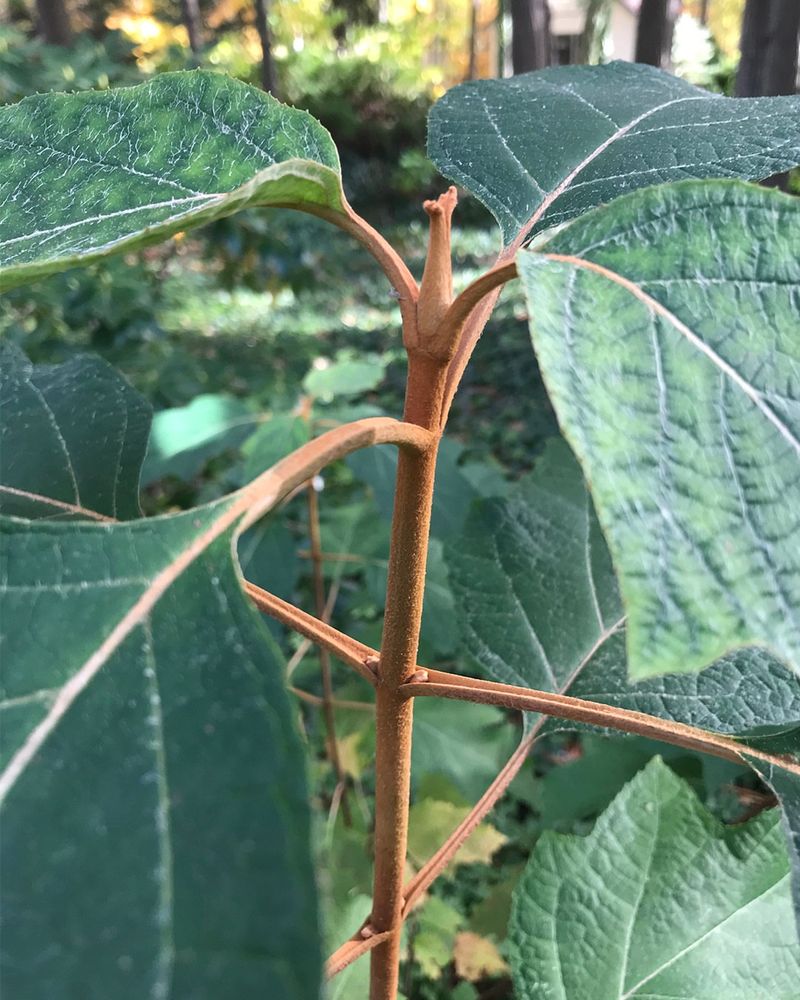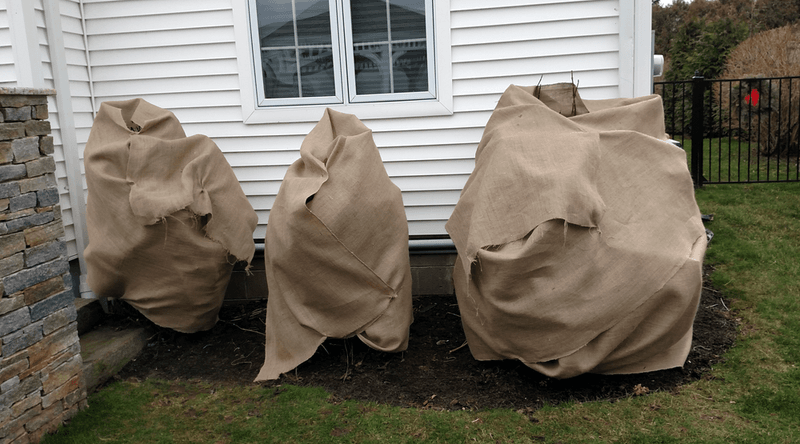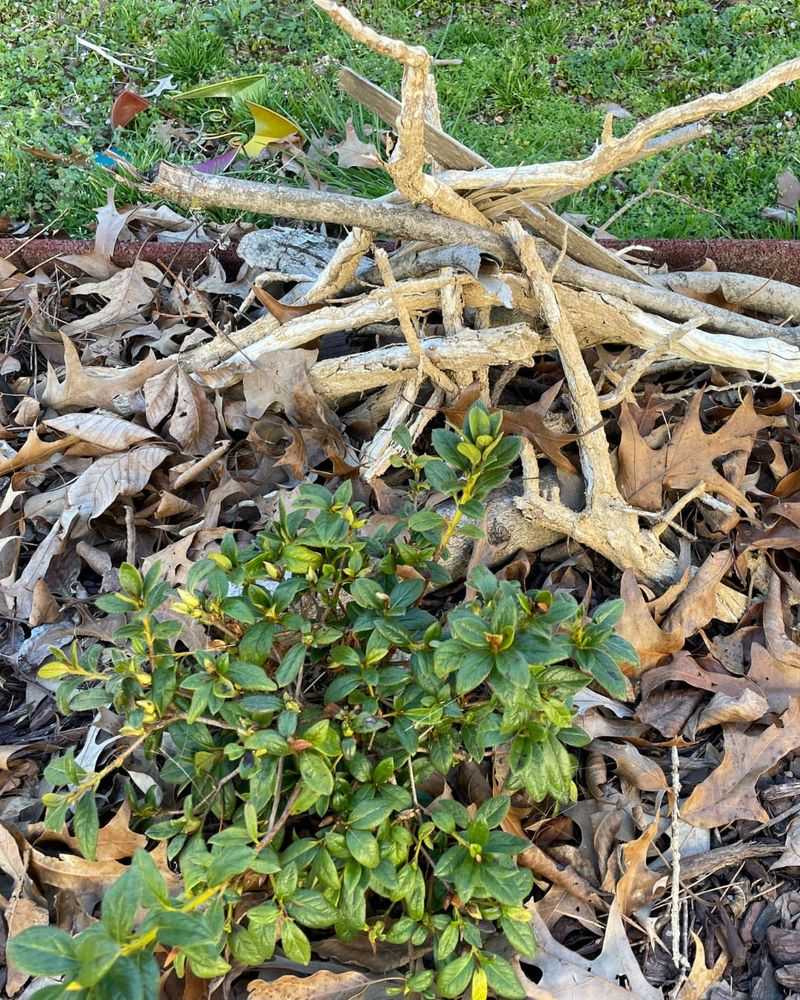Nebraska winters can be harsh on your beautiful hydrangeas if you don’t prepare them properly. When frost threatens, these stunning shrubs need special attention to survive the cold months ahead and bloom brilliantly next spring.
Taking action now will protect your investment and ensure your garden stays gorgeous year after year.
1. Stop Fertilizing Your Plants Immediately
Putting away the fertilizer might seem strange, but it’s actually one of the smartest moves you can make right now. When you feed hydrangeas late in the season, they produce soft new growth that frost will damage or kill completely.
Your plants need to toughen up and prepare for dormancy instead of sprouting tender shoots. Stop all fertilizing by late August or early September at the latest.
This simple step helps your hydrangeas develop the hardiness they need to weather Nebraska’s brutal winter temperatures without suffering serious harm.
2. Reduce Watering Gradually Over Time
Hydrangeas love moisture during summer, but autumn calls for a different approach entirely. Gradually cutting back on water helps signal to your plants that winter is approaching and dormancy should begin soon.
Keep the soil slightly moist but never soggy as temperatures drop. Waterlogged roots combined with freezing weather can spell disaster for even the toughest varieties.
Check soil moisture weekly by sticking your finger two inches deep. If it feels damp, skip watering that day and wait until it dries out a bit more before adding moisture again.
3. Apply Thick Mulch Around The Base
Mulch acts like a cozy blanket for your hydrangea roots when winter winds start howling across the plains. Spread a generous layer of organic material like shredded bark, leaves, or compost around each plant’s base.
Aim for about four to six inches of coverage, extending outward to the drip line where branches end. This insulation protects roots from temperature swings and prevents the ground from heaving during freeze-thaw cycles.
Wait until after the first light frost to mulch, ensuring plants have entered dormancy properly before tucking them in for their long winter nap.
4. Prune Dead Wood But Leave Healthy Stems
Knowing what to cut and what to leave makes all the difference when preparing hydrangeas for winter weather. Remove any dead, diseased, or damaged branches that could harbor pests or disease over the cold months ahead.
However, resist the urge to do major pruning on healthy stems right now. Many hydrangea varieties bloom on old wood, meaning next summer’s flowers are already forming on this year’s branches.
Save significant shaping and size reduction for spring after you see where new growth emerges and which buds survived the winter successfully.
5. Protect Sensitive Varieties With Burlap Wraps
Some hydrangea types handle Nebraska cold better than others, and knowing your variety matters tremendously. Bigleaf and oakleaf hydrangeas often struggle with harsh winters and benefit from extra protection measures.
Create a simple shelter by driving stakes around the plant and wrapping burlap around them, forming a windbreak without touching the branches directly. This barrier blocks harsh winds while allowing air circulation to prevent moisture buildup and rot.
Leave the top open for ventilation, and remove wrapping in early spring when temperatures consistently stay above freezing during daylight hours.
6. Clear Away All Fallen Leaves And Debris
A tidy garden isn’t just about appearances when winter approaches your doorstep. Fallen leaves, dead flowers, and plant debris create perfect hiding spots for pests and diseases that can attack weakened plants during dormancy.
Rake thoroughly around and under your hydrangeas, removing everything that could harbor trouble through the cold season. Fungal spores especially love damp, decaying material and can survive winter to infect new growth come spring.
Dispose of this debris in yard waste bins rather than composting it, particularly if you noticed any disease problems during the growing season just past.
7. Check Soil PH And Amend If Necessary
Fall provides an ideal window for adjusting soil chemistry because amendments have months to integrate before spring growth begins. Hydrangeas perform best with slightly acidic soil, though exact preferences vary by type and desired bloom color.
Test your soil now using an inexpensive kit from any garden center or hardware store. If adjustments are needed, add sulfur to lower pH or lime to raise it, following package directions carefully.
Working on soil chemistry now means your hydrangeas wake up in spring to perfect growing conditions, ready to produce abundant blooms in whatever color you prefer for your landscape.

